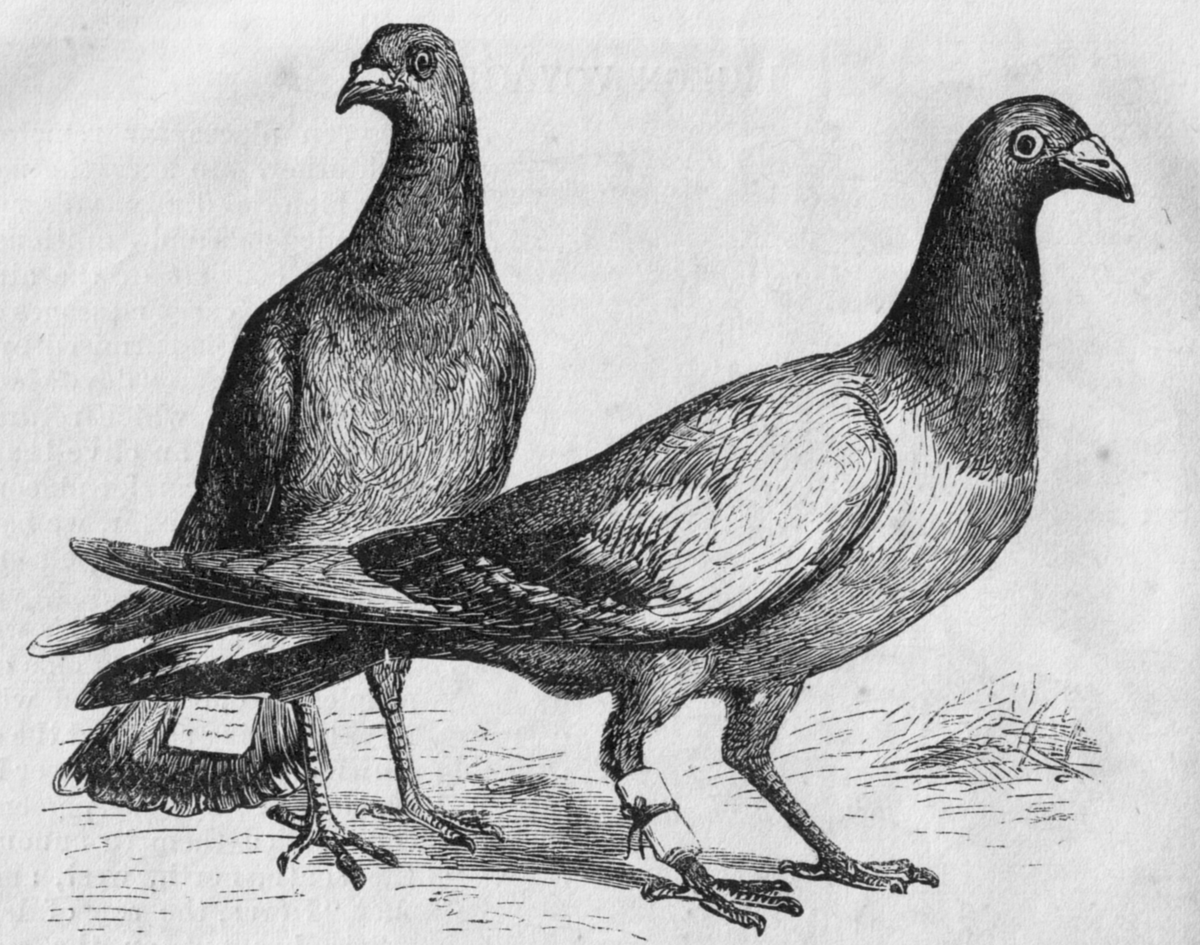In her article, Tracy LeBlanc-Wories describes presents debates on whether technology, the medium of interaction, affect communication (2015). She states that scholars before the 1990s mostly neglected the potential community aspects of the internet. In later periods, Leblanc-Wories explains how research projects of Malcolm R. Parks and Kory Floyd not only argued how people use the internet to interact socially but that it was not as impactful as face-to-face interactions (2015, 82). The author then touches on how Haya Bechar-Israeli’s work in 1995 explained the way users intentionally create a persona by building profiles and choosing nicks, which contrasted sharply with face-to-face interaction. LeBlanc-Wories then describes the work of later scholars, like E.A Mabry in 1977, that focus on how people online use special discourse markers when arguing with each other, which are akin to face-to-face arguments (2015, 83). She then describes how some scholars in the early 2000s, like Richard Holt, who argue by saying that interaction itself does not change regardless of the medium people use in communicating. On the other hand, other scholars like Philip Levine disagree by believing that the medium of interaction matters and affects how people interact with each other.
To understand how the medium of interaction affects communication, one has to look at the term ‘media ideologies. Ilana Gershon defines media ideologies as beliefs, attitudes, and strategies about a single medium (2010, 389). Another definition of her is that media ideologies are what people believe about how the medium affects or should affect the message (2010, 391). In her research work, she traces how different media ideologies attached to different mediums affect college students’ communication in breaking up. In an interview from her research, a girl mentions how a letter informing her partner’s breakup after a long time of communicating on the phone is too formal and outdated (2010, 392). In other examples, Gershon mentions how college students had different media ideologies of mediums such as Facebook, texting, and voicemail which were believed to signal different levels of intimacy or closeness in a relationship (2010, 394). She also provides examples in which the amount of texting effort visible from the texted words signaled different levels of affection for some students. Hence, as these examples illustrate, the way people convey and interpret messages varies from one medium to another, and how each person attaches different meanings to each medium. Thus, concluding that the use of technology, including the medium of interaction, significantly affect communication.
References
Gershon, Ilana. “Breaking Up Is Hard To Do: Media Switching and Media Ideologies.” Journal of Linguistic Anthropology 20, no. 2 (2010): 389–405. https://doi.org/10.1111/j.1548-1395.2010.01076.x.
LeBlanc-Wories, Tracy. “Being in the Cloud: Analysis of Discourse in Online Communities.” In The Routledge Handbook of Linguistic Anthropology, edited by Nancy Bonvillian, 80-91. Taylor & Francis Group, 2015.

Leave a comment